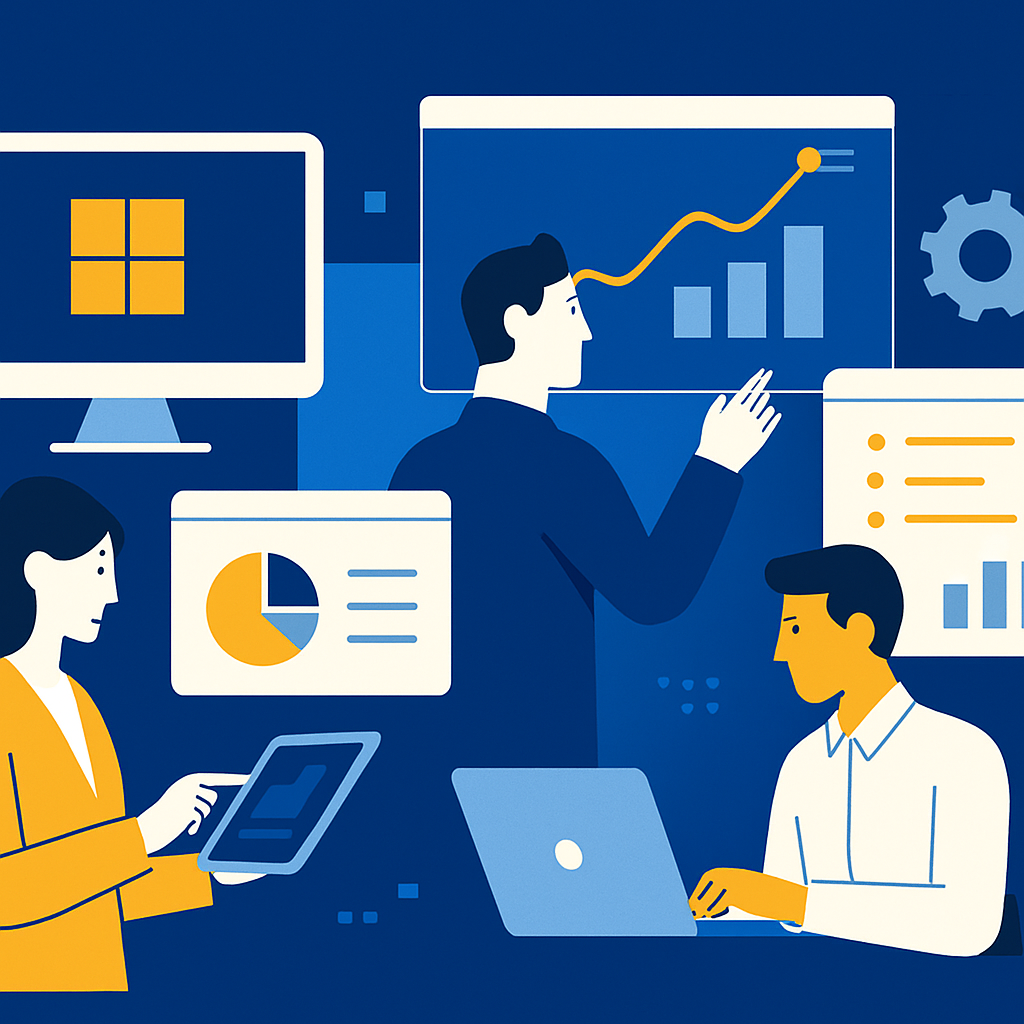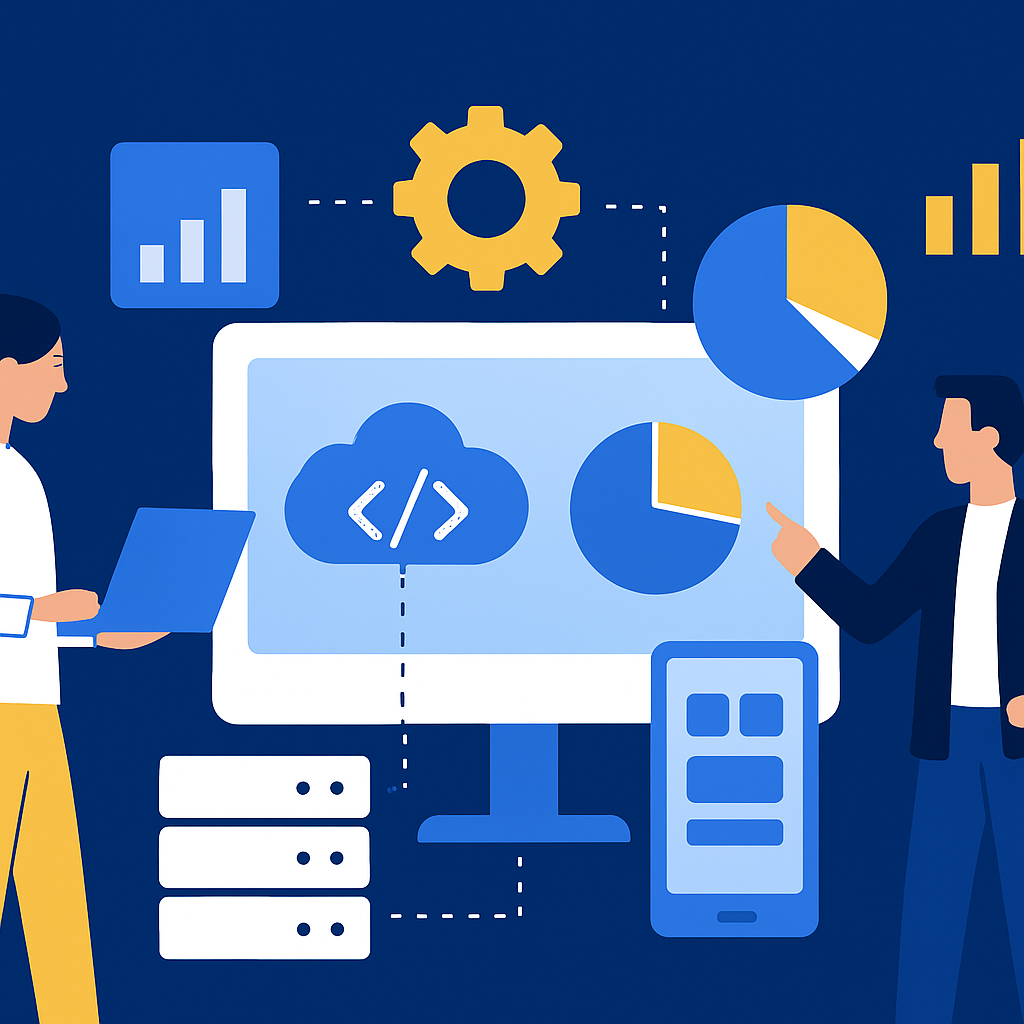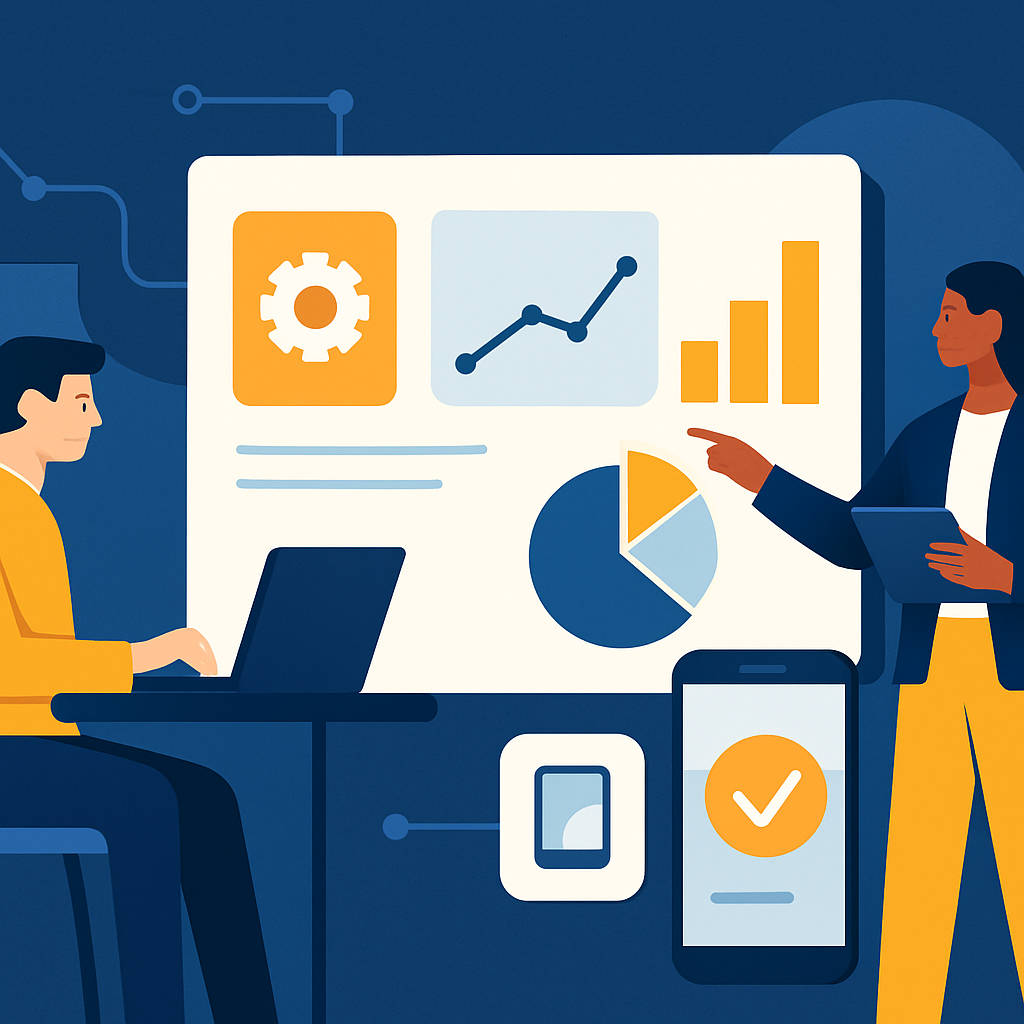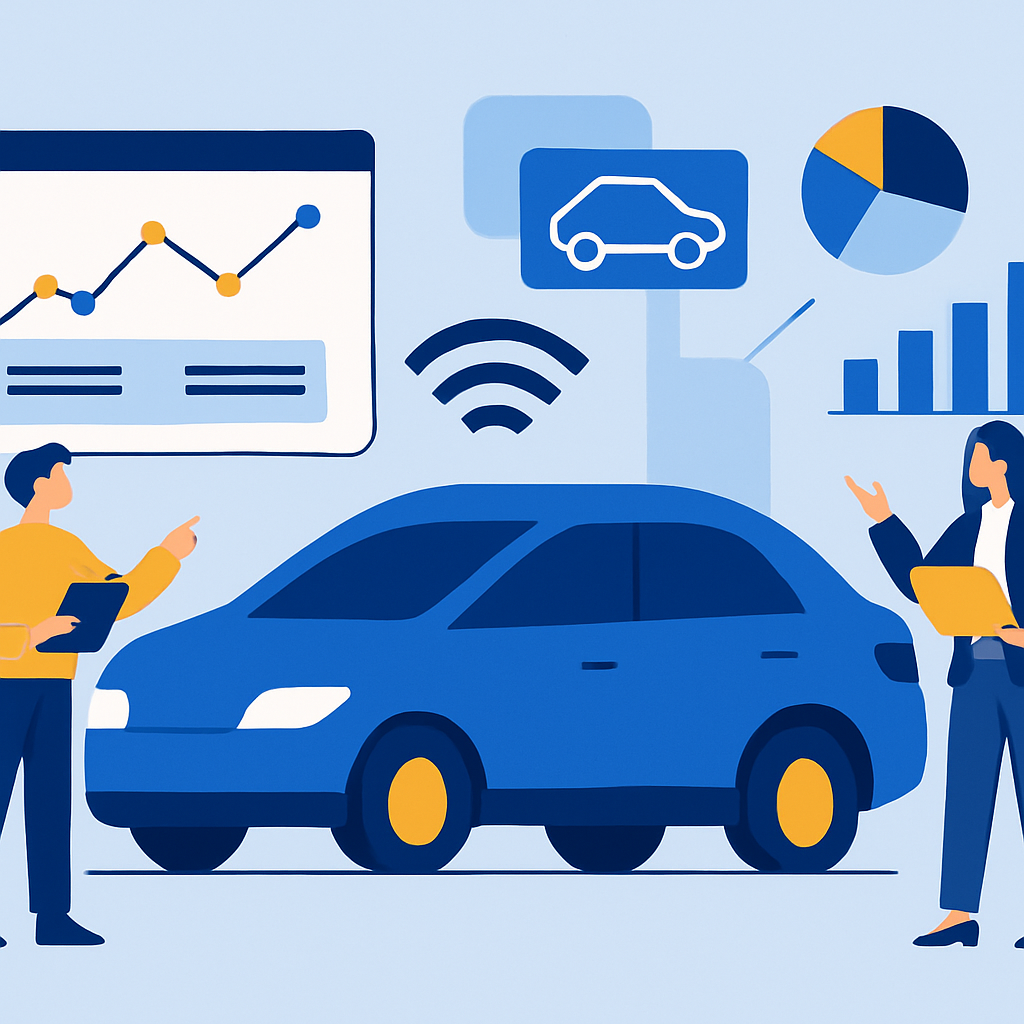
Legacy Modernization: A Strategic Blueprint for C-Level Leaders
For many enterprises, legacy systems are the backbone of daily operations. Yet, these outdated platforms often hinder agility, scalability, and innovation. C-level executives and IT decision-makers face a critical choice: maintain the status quo or invest in legacy modernization to position the organization for long-term success.
Why Legacy Modernization is a Strategic Imperative
Legacy systems come with inherent risks—high maintenance costs, security vulnerabilities, and limited integration capabilities. Modernization not only mitigates these risks but also enables digital transformation across the enterprise. By embracing modern architectures, organizations can unlock enhanced performance, superior customer experiences, and streamlined operations.
Actionable Steps for Legacy Modernization
1. Conduct a Comprehensive Assessment
Begin with a full-scale audit of your existing systems. Identify bottlenecks, security gaps, and integration challenges. Utilize tools like the Legacy System Modernization Framework to establish a clear roadmap.
2. Align with Business Objectives
Modernization should be driven by strategic goals—whether that's improving operational efficiency, enhancing customer engagement, or enabling innovation. Ensure the modernization plan aligns with your broader digital transformation strategy.
3. Select the Right Technology Stack
Leverage cloud-native solutions, modern programming languages, and microservices architectures. Microsoft's Azure ecosystem offers robust capabilities for scalability, security, and AI integration.
4. Incorporate AI and Data Analytics
Modernized systems should be designed to harness data-driven insights. Consider integrating AI solutions and advanced data analytics to unlock predictive capabilities and intelligent automation.
5. Ensure Security and Compliance
Security must remain a top priority throughout the modernization process. Implement advanced security services and ensure compliance with industry regulations, especially in sensitive sectors like financial services and healthcare.
6. Manage Change Effectively
Legacy modernization impacts people and processes as much as technology. Invest in change management, training, and stakeholder engagement to drive adoption and minimize resistance.
Risk Mitigation Strategies
While modernization offers substantial benefits, it also carries risks—cost overruns, downtime, and potential loss of critical functionality. Mitigate these risks by:
- Adopting a phased migration approach
- Running parallel systems during transition periods
- Utilizing cloud migration readiness tools like the Cloud Migration Assessment
Measuring ROI
Quantifying the return on investment is essential for executive buy-in. Use tools such as the Digital Transformation ROI Calculator to measure efficiency gains, cost reductions, and revenue growth post-modernization.
Microsoft Technologies as Modernization Accelerators
Microsoft's ecosystem—including Azure, Dynamics 365, and Microsoft 365—provides enterprise-grade capabilities for modernization. These platforms enable seamless integration, robust security, and advanced AI capabilities, making them ideal for organizations seeking a future-ready infrastructure.
Conclusion
Legacy modernization is no longer optional—it's a strategic necessity for organizations aiming to compete in a rapidly evolving digital marketplace. By following a structured approach, aligning technology with business objectives, and leveraging proven frameworks, C-level leaders can transform their legacy systems into engines of innovation and growth.
Start your modernization journey today with our Legacy System Modernization Framework and take the first step toward a more agile, secure, and competitive future.


